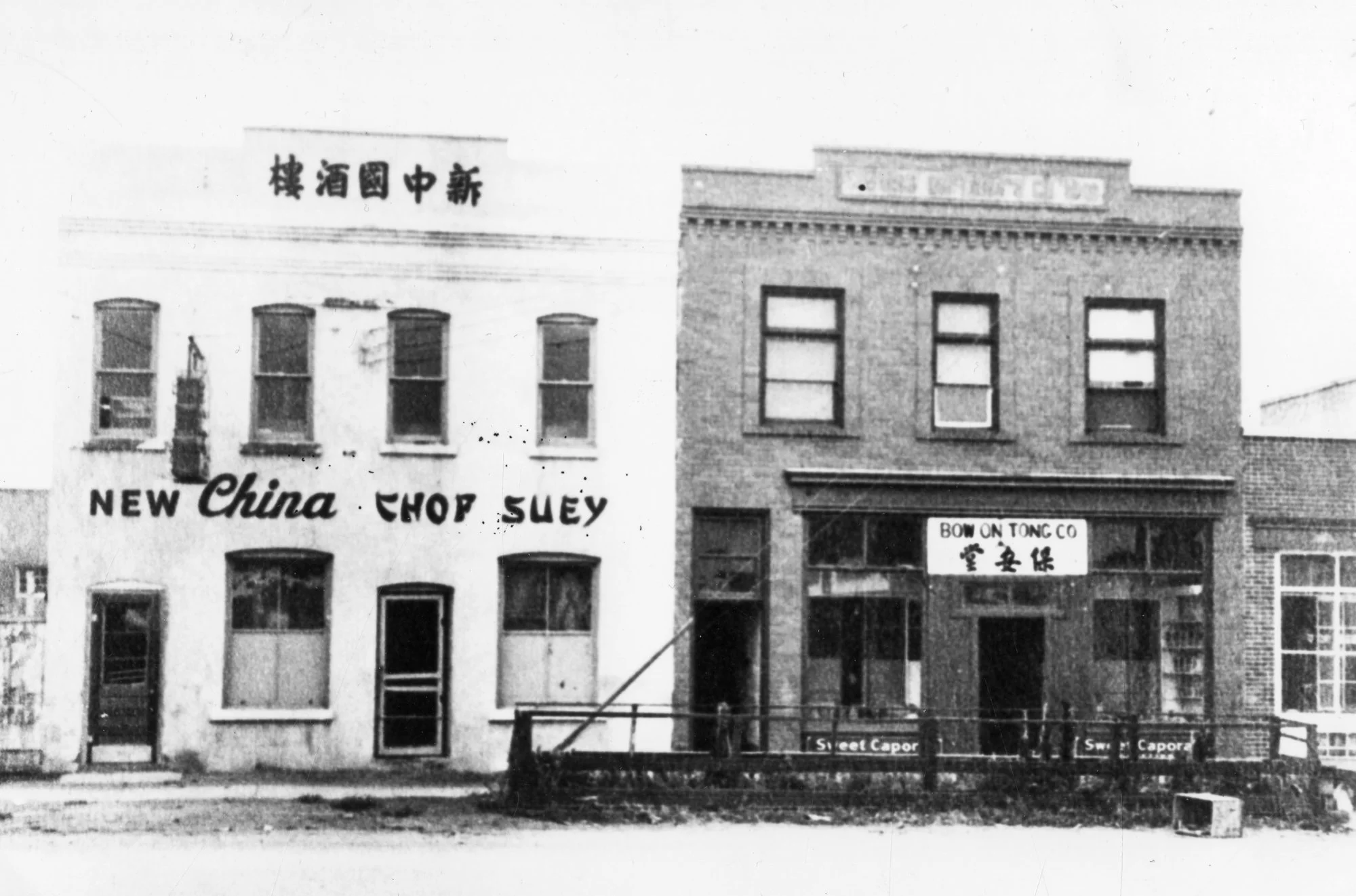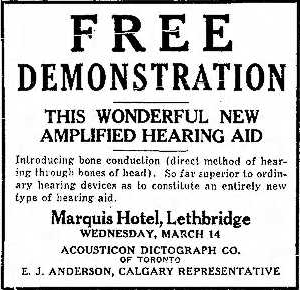Whether you’re repulsed by or devoted to tattoos, it’s hard to deny their significance in human history. Ötzi the Iceman, a 5,000-year-old mummy, sported sixty-one small lines of ink around his body. Body modification has long been used around the globe to denote characteristics like strength, social standing, or battle experience. In modern-day Lethbridge, many of us wear them for a slightly less compelling reason; we like how they look!
Read MoreLethbridge’s Oliver Block, located across the street from Draffin’s Pharmacy on 5 Street downtown, has borne an interesting story since the day it was built. Constructed at the turn of the twentieth century, the building was named for its owner William Oliver during his term as Lethbridge’s seventh mayor. The building opened in two separate segments at Oliver’s behest, as he was eager to open his blacksmithing business as soon as possible! In the 120-odd years since, the building has housed a wide variety of tenants. Perhaps what the building is best known for now, however, is how close it came to destruction.
Read MoreAs Lethbridge lost the 104-year-old Bow On Tong building to a fire in early February, many feared that the last remnants of Chinatown were gone with it. Some staples of the historic community still stand along 2 Avenue; most of us are familiar with the bold architecture of the Chinese Freemason building, or the Traditional Chinese lettering atop the Wing Wah Chong Co. building. As more historic buildings are lost to time, however, it is worth examining exactly what purpose they served in the first place—and why they still matter today.
Read MoreThroughout its history, the American Hotel in Fort Macleod served as a gathering space for Indigenous peoples in a largely white, settler town. As the hotel’s ownership changed over the decades, this affected how interactions unfolded inside its doors and who was welcomed.
Read MoreMany of us are uncomfortable when discussing funerals and death—and for valid reasons. Examining the history of these events in our community, however, can shed some light on how we conduct them today.
Read MoreThe familiar narrative of the Second World War is that of the Allies triumphing over the Nazis. However, for thousands of Japanese Canadians, their experience of this same event was one of injustice and broken promises.
Read MoreWhen Dorothy Clark, a 24-year-old graduate of the Minneapolis Academy of Beauty, moved here in 1924, it was to a much different Lethbridge than we know today. While a swath of local spas, salons, and beauty shops can be found now with a simple search engine inquiry, Mrs. Clark was entering a much smaller market; her arrival to Lethbridge marked her as one of only two working hairdressers in the 14,000-person mining community.
Read MoreFor as long as humans have flown, Lethbridge has had the space for it! As aviation took off in the early twentieth century, the need for dedicated airports became clear around the world, from major cities to small rural communities. It wasn’t long before this demand manifested locally into the Lethbridge Airport.
Read MoreThere’s no need to explain how important hockey is to Albertans. No matter the age or the league, the sport has an impact on all of us—especially if it inspires pride in our local athletes!
Read MoreWhile a relatively young city, Lethbridge’s history is unique in the way it surrounds us even today. It is easy for any historical organization to speak about buildings that used to be, or practices that were once in place; it’s another thing entirely to walk up to these buildings or continue these lines of work. While industries like coal mining are seen far less today, other fields—particularly the agricultural kind—define our region today as thoroughly as they used to. The past runs through any city’s veins; in Lethbridge’s case, it doubles as its face.
Read MoreEvery day we are surrounded by sound, but we often don’t pay much attention to it. Over the years, the sounds around us have changed, influencing our behaviours in significant ways. Authority figures in particular have used many different types of sound to motivate the actions of citizens on a daily basis. One important way sound has impacted our community is in the fire department’s use of sirens and alarms for citizen safety.
Read MoreIn many ways, our lives are sonically scheduled by various devices and mechanisms. Over the years, different sounds have told us what to do—whether it be the school bell of our younger years or the smartphone alarms of today.
Read MoreSound has played an important role in the way our community has changed over the years. As technology has evolved, sounds have shifted in different ways within our society to shape the way our daily actions unfold. The Lethbridge Police Service in particular has used sound in many ways over the years to influence the behaviour of citizens.
Read MoreDiscover the development of hearing aids
Read MoreWhen we hear of internet, TV or radio channels being censored, it can be easy to think only of governments in distant lands like Russia, China or North Korea. However, there have been times in history that the Canadian government has controlled what sounds can be heard—or not heard—within our own borders.
Read MoreVenture through archived issues of the Lethbridge Herald for glimpses of what this tradition may have looked like a hundred years ago
Read MoreFor many decades, the T. Eaton Company (later just “Eaton’s”) was a major catalogue supplier.
Read MoreFrequent travellers may be familiar with phrase books—dictionaries used during a trip to communicate in basic sentences, even if you don’t understand the local language. You may not know, however, just how far back these tools date!
Read MoreWith so many online platforms popping up around family history and DNA research, it’s clear that interest in the field of genealogy is increasing. And in part due to the pandemic, the online accessibility of other genealogical materials has increased dramatically as well. Despite all of these great online resources, to get a full picture of your family history you will eventually need to step foot into an archive to view important documents and photos in person. This can be a daunting idea if you have never visited an archive or don’t know how to access one. But it’s actually quite easy!
Read MorePeople and historic events are not frozen in time; they can be researched and explored through new ways of thinking—Fort Whoop-Up and its legacy are no exception.
Read More



















